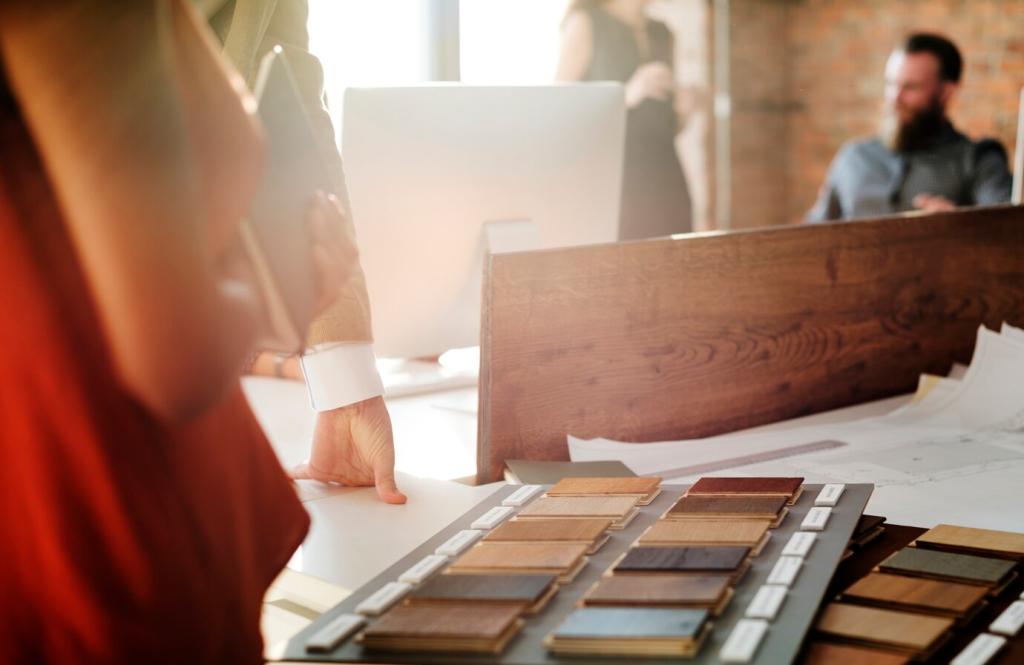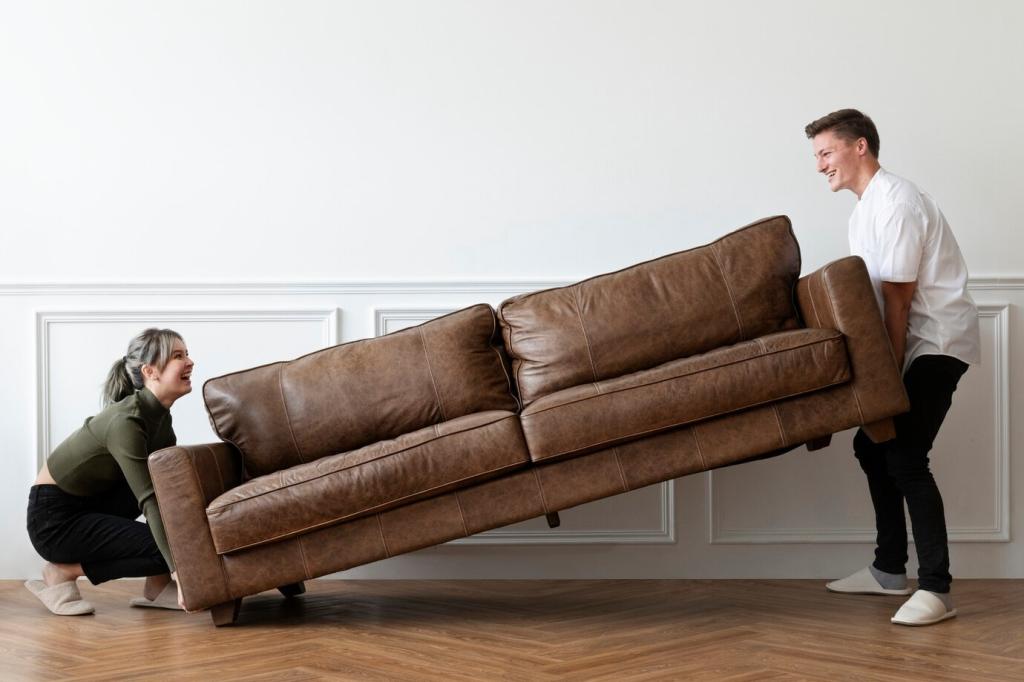DIY Projects: Breathing New Life into Old Furniture
Rediscover the joy of transformation with do-it-yourself furniture projects that infuse fresh style and personality into your home. Whether you’re working with inherited heirlooms, yard sale treasures, or simply looking to refresh what you already own, DIY furniture revamps can be both rewarding and budget-friendly. By harnessing creativity and practical techniques, you can turn tired pieces into true statement-makers while developing new skills along the way. Embrace the process and unveil the hidden potential within your old furniture.
The Art of Furniture Revival

Embracing Imperfection
When revamping old furniture, imperfections aren’t flaws—they’re part of the item’s story. Each scratch, dent, or faded spot represents a lifetime of memories, making your piece one of a kind. Instead of hiding these features, consider highlighting or preserving them as design elements. In techniques like distressing or whitewashing, the marks of time add authenticity and warmth. Embracing imperfection allows you to create furniture that feels lived-in and cherished, not simply manufactured. As you work, you may find that what once seemed like a drawback becomes your favorite feature—a testament to the furniture’s journey and your own creativity.

Discovering Potential in the Unseen
Many old pieces seem outdated or unusable at first glance, but hidden potential awaits those willing to see beyond the surface. A battered dresser can become a stylish bathroom vanity; an old door might transform into a charming table. The key lies in reimagining the form and function of each item. With an open mind and a basic understanding of structure, you’ll begin to recognize countless possibilities. This approach not only promotes sustainability by reducing waste but also cultivates an inventive mindset that permeates other creative endeavors. Every project begins with curiosity, and the rewards are only limited by your imagination.

The Eco-Friendly Advantage
Revitalizing old furniture is as good for the planet as it is for your home aesthetics. Each time you choose to refurbish rather than replace, you reduce landfill waste and the demand for new resources. Environmentally sustainable finishes and upcycled materials further decrease the ecological footprint of your project. Beyond the satisfaction of crafting a beautiful piece, you’re making a tangible contribution to a greener future. As awareness of our environmental impact grows, DIY furniture projects become an impactful way to marry style and sustainability, demonstrating that conscious living doesn’t have to compromise on comfort or beauty.
Selecting the right piece is the first step toward a successful DIY transformation. Look for solid construction and shapes that appeal to you, even if the current finish or condition seems rough. Well-built furniture made from wood, metal, or sturdy composites provides the best foundations. Consider how the piece will function in your space and whether its proportions suit your needs. Picking an object with meaningful origins or unique details can add extra value to the final result. Having a vision for small adjustments or major changes will help guide your research and design plan, fueling excitement as you imagine the possibilities ahead.
Preparing for Your Furniture Makeover
Techniques for Transforming Furniture
Painting and Finishing
A fresh coat of paint can work wonders, delivering dramatic change with relatively little effort. From classic whites to vibrant hues, your color choices set the tone for the entire space. Proper surface preparation—cleaning, sanding, and priming—ensures longevity and a professional finish. Specialty techniques like color blocking, ombré fades, or faux textures can add visual intrigue. Choosing between matte, satin, or glossy finishes further personalizes the end result. Taking your time through each step, from prep to topcoat, produces results that withstand daily use while turning ordinary furniture into a work of art suited perfectly to your taste.
Upholstery and Textile Updates
Revamping upholstered furniture opens an exciting world of texture, comfort, and design. Selecting new fabrics—whether bold prints, rich velvets, or subtle neutrals—can completely transform the visual and tactile experience of a piece. Basic tools such as a staple gun, scissors, and upholstery tacks demystify the process for beginners, allowing for approachable experimentation. Adding cushions or refreshing pillows enhances comfort and gives you even more ways to layer color and pattern. Even small textile changes, like new slipcovers or runners, offer impactful updates that inject warmth and personality into your home environment.
Refinishing and Restoration
Restoring original wood finishes honors the craftsmanship of vintage furniture while preserving its character. Stripping away old varnish or paint reveals the natural beauty beneath, allowing for new staining or sealer applications that enhance grain and luster. Repairing minor dings, filling cracks, and reinforcing joints can return structural integrity and visual appeal. Patience and attention to detail are key, as each phase—cleaning, sanding, staining, sealing—builds toward a renewed, gleaming piece. This technique is especially rewarding for those seeking to retain subtle historic charm while guaranteeing the item’s longevity and relevance in modern interiors.
